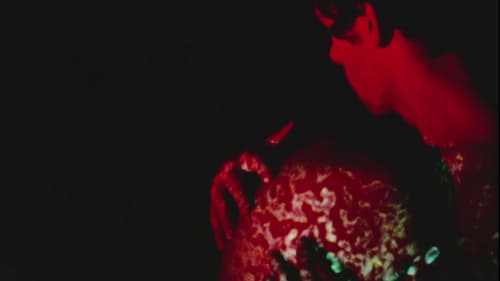
Director of Photography
An adaptation of the 1888 Victorian memoir “My Secret Life,” in which an author describes his lifelong pursuit of the perfect sexual experience. This is illustrated with shots of erotic sculpture and paintings of nudes and couples engaged in the act. The producers were arrested shortly after release and its negatives destroyed by the Canadian government.

Editor
An adaptation of the 1888 Victorian memoir “My Secret Life,” in which an author describes his lifelong pursuit of the perfect sexual experience. This is illustrated with shots of erotic sculpture and paintings of nudes and couples engaged in the act. The producers were arrested shortly after release and its negatives destroyed by the Canadian government.

Writer
An adaptation of the 1888 Victorian memoir “My Secret Life,” in which an author describes his lifelong pursuit of the perfect sexual experience. This is illustrated with shots of erotic sculpture and paintings of nudes and couples engaged in the act. The producers were arrested shortly after release and its negatives destroyed by the Canadian government.

Director
An adaptation of the 1888 Victorian memoir “My Secret Life,” in which an author describes his lifelong pursuit of the perfect sexual experience. This is illustrated with shots of erotic sculpture and paintings of nudes and couples engaged in the act. The producers were arrested shortly after release and its negatives destroyed by the Canadian government.

Director of Photography
John Hofsess’s The Palace of Pleasure emerged from the psychedelic haze of 1960s postmodern art. It was a blistering work that combined arresting abstract imagery with the wounded expressions of a young couple, edited into a collage of mass culture imagery and album and book jackets, all of it framed as a therapeutic treatment. Addressed to a generation coming up in an era of protest and social change, where many found themselves increasingly burdened with hopelessness, paranoia, and neurosis, The Palace of Pleasure was offered as a cleansing ritual, a post-Freudian expelling of dammed-up energies that anticipated The Primal Scream. In this video, Stephen Broomer discusses Hofsess’s therapeutic ambitions, how the film was composed of Hofsess’s earlier films, and the sensual spell of the work, the way in which it commands us to enter into a universal fellowship of touch that circulates, from us to us, through us, to strain the boundaries between the self and the other.

Director
John Hofsess’s The Palace of Pleasure emerged from the psychedelic haze of 1960s postmodern art. It was a blistering work that combined arresting abstract imagery with the wounded expressions of a young couple, edited into a collage of mass culture imagery and album and book jackets, all of it framed as a therapeutic treatment. Addressed to a generation coming up in an era of protest and social change, where many found themselves increasingly burdened with hopelessness, paranoia, and neurosis, The Palace of Pleasure was offered as a cleansing ritual, a post-Freudian expelling of dammed-up energies that anticipated The Primal Scream. In this video, Stephen Broomer discusses Hofsess’s therapeutic ambitions, how the film was composed of Hofsess’s earlier films, and the sensual spell of the work, the way in which it commands us to enter into a universal fellowship of touch that circulates, from us to us, through us, to strain the boundaries between the self and the other.





